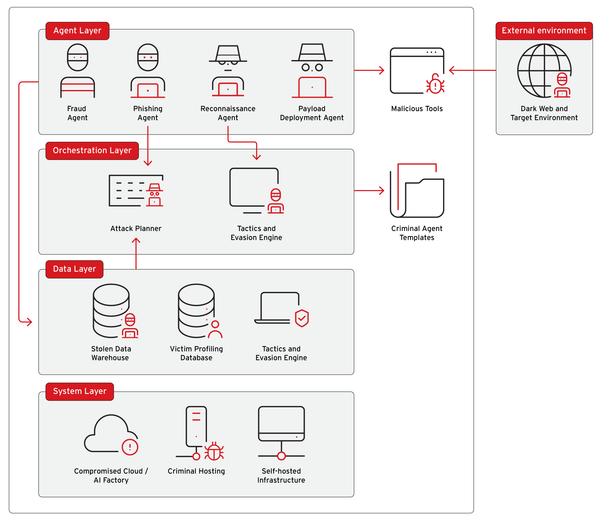Indonesia Scams 2025: The Digital Payment Revolution's Dark Shadow – $438 Million Lost and Counting

Executive Summary
Indonesia, Southeast Asia's digital payment powerhouse and home to 270+ million people, is grappling with an unprecedented fraud crisis that threatens to undermine its remarkable digital transformation. With financial losses reaching Rp 7 trillion ($438 million) in less than one year and 89% of all unknown calls identified as spam—the highest rate globally—Indonesia has become ground zero for sophisticated scam operations targeting its rapidly digitizing population. The nation ranks second in Asia-Pacific for spam call volume, with citizens receiving an average of 14-16 spam calls per month, while e-commerce fraud, mobile payment scams, and voice phishing attacks have evolved into industrial-scale criminal enterprises exploiting the country's digital literacy gaps.
The Numbers Tell a Devastating Story
2025 Financial Impact (November 2024 - October 2025)
Total Reported Losses: Rp 7 trillion ($438 million)
Reports Received by IASC: 299,000+ fraud reports
Bank Accounts Blocked: 94,344 accounts
Funds Successfully Frozen: Rp 376.8 billion ($22.7 million) - only 7.59% of total losses
Recovery Challenge: Over 90% of stolen funds are lost forever due to delayed reporting
The Spam Call Epidemic
- Global Ranking: #1 worldwide for percentage of spam calls (89% of unknown calls)
- Volume Ranking: #7 globally for spam calls per person per month
- Average Exposure: 14-16 spam calls per resident monthly
- Asia-Pacific Rank: #2 for highest spam call volume (behind Hong Kong)
- Total Spam Calls in Indonesia: Doubled from 12.6 million (January 2021) to 25.8 million (October 2021)
- Scam Call Breakdown: 44% are fraud calls (highest globally), 45% nuisance calls, 11% other spam
E-Commerce and Digital Payment Crisis
- Consumer Victimization Rate: 23-26% of Indonesian consumers lost money to online scams in 2024
- Real-Time Payment Fraud: 1 in 4 Indonesians (23%) lost money via RTP systems
- High-Value Losses: 8% of scam victims lost over Rp 71 million ($4,300+) in 2024 (up from 1% in 2023)
- Daily Fraud Volume: Over 1,000 scam and spam attempts reported every single day
- Fake E-commerce Sales: 5-10% of all marketplace transactions are fraudulent seller-created sales
- Active SIM Cards: 315 million registered (exceeding Indonesia's 280 million population)
Indonesia's Top Scam Threats
1. E-Commerce Platform Fraud 🛒
The Landscape: Indonesia's booming e-commerce sector—dominated by Shopee, Tokopedia, Lazada, Bukalapak, and TikTok Shop—has become a breeding ground for sophisticated fraud schemes.
Common Tactics:
- "Like for Commission" Scams: Victims join WhatsApp groups promising commissions for liking products on fake marketplace sites, then pressured to deposit larger sums
- Fake Seller Scams: Payment via bank transfer or e-wallets, then disappearance
- Transaction Cancellation Fraud: Buyers report transactions as fraud after receiving goods
- Counterfeit Goods: Estimated Rp 291 trillion annual losses from fake products
- Down Payment Fraud: Advance payments for high-value items without proof of authenticity
- Phishing via Courier Impersonation: Scammers pose as delivery companies via WhatsApp
Impact: Economic losses from e-commerce fraud estimated at Rp 18.7 trillion (2017-2021)
2. Mobile Payment & QRIS Scams 💳
The Digital Wallet Epidemic: With GoPay, OVO, DANA, and ShopeePay dominating Indonesia's cashless revolution, mobile payment fraud has exploded.
Popular Scam Methods:
- Fake QRIS Codes: Fraudulent QR codes placed at merchant locations directing payments to scammer accounts
- Screenshot Payment Fraud: Using old payment screenshots as fake proof
- Reverse QRIS Scams: Scammers send fake QR codes to merchants, stealing from business owners
- E-Wallet Hijacking: Stealing OTPs to gain access to digital wallets
- Fake App Purchases: Offering discounted game credits, streaming accounts through unofficial channels
Vulnerability: E-wallets have security scores of only 45-48 out of 100 according to Mobile Security Framework analysis





